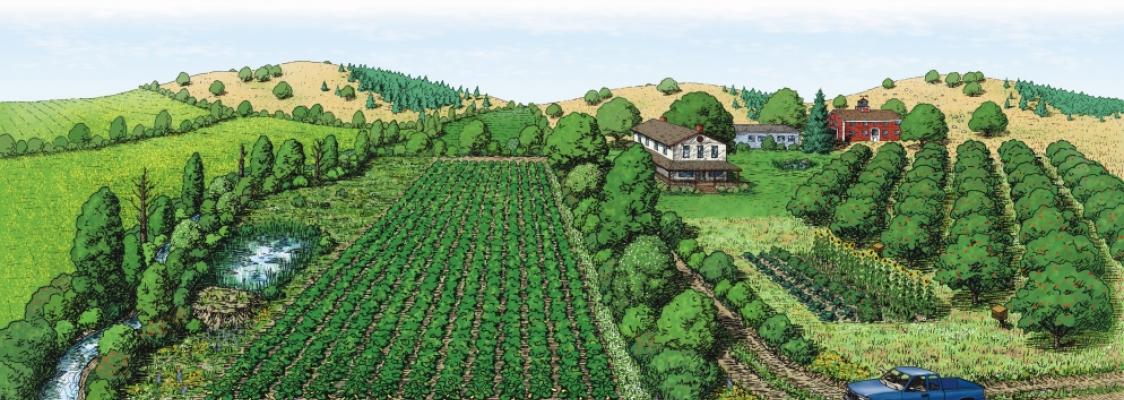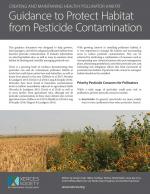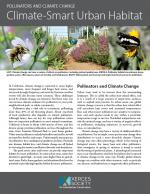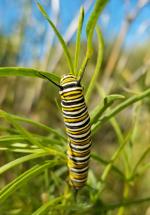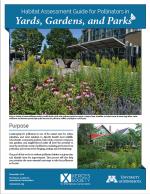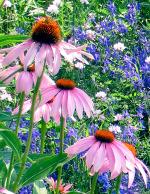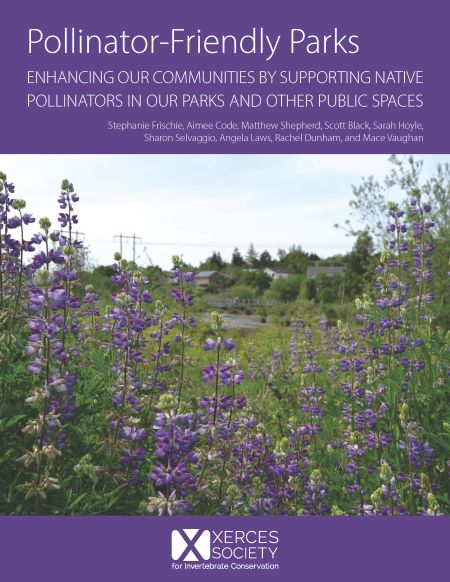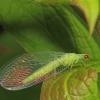Hedgerows or Windbreaks
To create pollinator hedgerows, use a wide variety of plants the benefit bees and have overlapping flowering periods. This will provide food and nesting resources for bees throughout the growing season and strengthen populations of natural enemies of crop pests.
Riparian Buffers
Habitat along streams should contain a diversity of plants. Willows, in particular, will nourish bumble bee queens in the spring so that large numbers of workers are available when crops begin to bloom.
Natural or Undeveloped Areas
Nearby natural areas may harbor all the native bees needed to pollinate your farm’s crops. Consider inviting your neighbors to help with safeguarding these habitats.
Artificial Nests
Making bee blocks for wood-nesting bees is a good way to increase the number of native bees in your landscape.
Dead Trees, Snags
Keeping dead trees standing provides shelter for native bees. Some solitary bees build nests in abandoned beetle tunnels in snags.
Field and Road Borders
Leave areas next to fields untilled and unsprayed to support flowering plants and provide nest sites for ground-nesting bees.
Cover Crops
Flowering plants—certain legumes in particular—can be included in covercrop mixes to supply pollen and nectar.
Temporary Bee Pasture
Planting fields with canola or other inexpensive seed—or allowing crops such as lettuce, kale, basil, and broccoli to bolt—will supply bees with nectar and pollen.
Bare Soil
When you create a pond or ditch, leave the pile of excavated soil. Ground-nesting bees may build nests in stable, bare areas of this mounded earth. Planting clumps of native flowers will attract more pollinators.
Gardens
A vegetable, flower, or herb garden, with a diverse assortment of plants, is a good source of food for pollinators. Be wary of fancy hybrids that may produce little pollen or nectar.
Fallow Fields
Even small areas of fallow or unproductive land, especially when sown with native flowers, can offer important resources for native bees.

